Croatian History and Stories that they tell the rest of the world with Pride
A country is known by the history and the stories that they tell the rest of the world with Pride… Croatian history and inventions speak of how the country started from scratch. Now it has become the modern country that one can enjoy… Most of the stories of the country are linked to the places and historic buildings…
Here are a few interesting stories about Croatian history and their inventions –
Church of Zagreb, Croatia
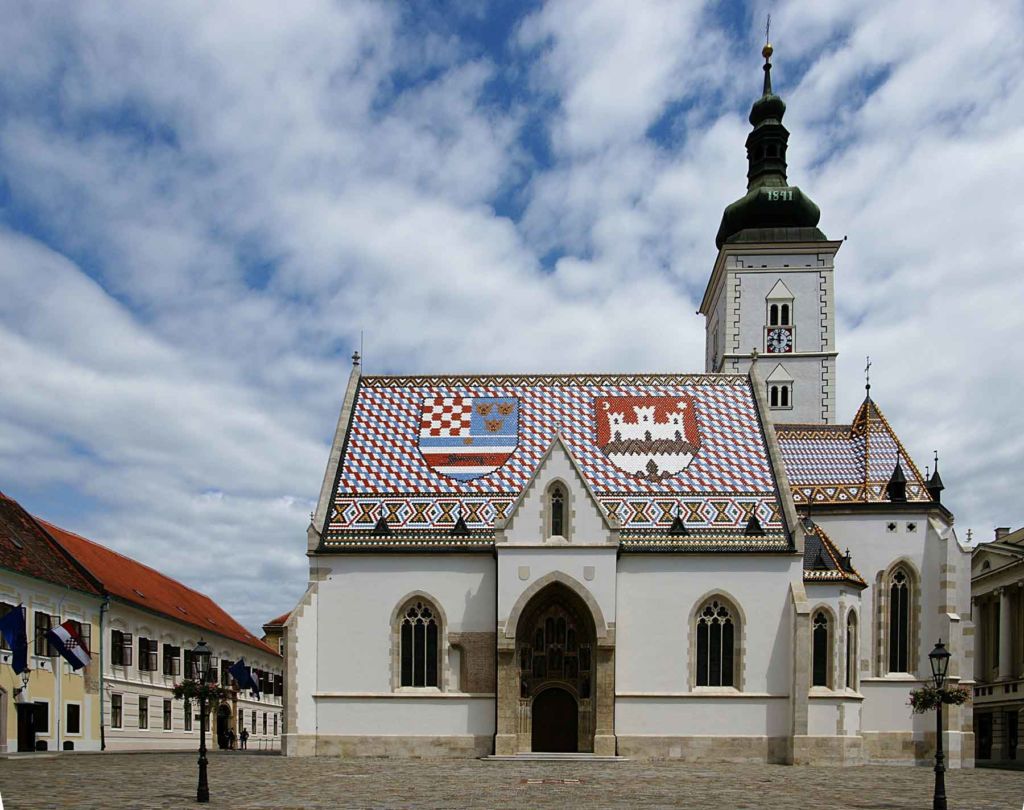
The church of St. Mark was probably built during the mid-13th century. Croatian-Hungarian king Bela the IV allowed for fairs to be held on the square and in front of the church. At the entrance of the church existed the “Pillar of Shame”. Here people who were convicted by the court were tied up and punished. This is also where Ambroz Matija Gubec, the leader of the peasant rebellion, was “crowned” with a scorching iron crown.
The 13th-century St Mark’s Church is one of Zagreb’s most emblematic buildings. The iconic colorful tiled roof was constructed in 1880. It has a medieval coat of arms of Croatia, Dalmatia and Slavonia on the left side. And the symbol of Zagreb on the right. The 15 figures in the shallow niches, was sculpted in the 14th century and is a Gothic Portal.
History of the Church
Burn, rebuild, repeat… The Church of St. Mark often was damaged by the earthquakes and city fires, especially the bell tower. The oldest known earthquake happened in 1502. During the late 1580s was when the restoration of the bell tower and the roof repairs were over.
In the city fire in 1645 wooden parts of the roof burned and the bell tower was partially damaged. Restoration of the church started very soon after the fire. However, the restoration of the bell tower didn’t happen until 1659. The Church of St.Mark was in danger to be demolished several times during history. The first mention of demolishing the church dates to 1771. This was so a bigger and larger church could be built on the same spot. By the end of the 18th century, several new initiatives for demolishing the church appeared. There were similar attempts in the 19th century also.
Invention of Tie
 The most well-known Croatian invention is the simple necktie. The history of the necktie can be traced back to Paris in 1630. King Louis XIII was inspecting a line up of Croatian mercenaries in traditional costume. He was taken aback when he saw strange pieces of fabric that the soldiers seemed to be wearing around their necks. King Louis was impressed by this creative piece of modern fashion. He recommended it be adopted by the people of France. Soon enough, the cravat became the hottest fashion accessory on the streets of Paris and other towns. The Croatians had well made their mark during the 17th- century clothing conventions.
The most well-known Croatian invention is the simple necktie. The history of the necktie can be traced back to Paris in 1630. King Louis XIII was inspecting a line up of Croatian mercenaries in traditional costume. He was taken aback when he saw strange pieces of fabric that the soldiers seemed to be wearing around their necks. King Louis was impressed by this creative piece of modern fashion. He recommended it be adopted by the people of France. Soon enough, the cravat became the hottest fashion accessory on the streets of Paris and other towns. The Croatians had well made their mark during the 17th- century clothing conventions.
The oldest example of the fashionable item portrayed in art dates back to 1622. It is a portrait of Ivan Gudulic. The necktie is Croatia’s biggest present to the fashion world, but one question remains. Why were the soldiers wearing them in the first place? The reason is as logical as it is tragic. It is also as confusing as it is clear. During the wars, the battlefield tends to become one big free-for-all, and individuals are hard to make out. To combat this, the men began to wear colorful pieces of cloth around their necks so that their wives and loved ones could make them out in battle.
Neanderthal Man Museum, Croatia

Krapina Neanderthal Museum is one of the most modern museums in the world. It contains many interactive features that speak to all the senses of visitors. Multimedia installations, films, kiosks, virtual tours, and holograms amaze visitors a special experience is an excellent museum workshop. The Museum’s architecture reminds the habitat of the prehistoric man. The geological and paleontological researchers on the Husnjakovo hill in Krapina back in 1899, discovered the Krapina prehistoric man.
The excavations were supervised by professor Dragutin Gorjanovic-Kramberger, a well known Croatian geologist. His work has significantly contributed to the European and global science of the fossil man. In the cave’s sandstone deposits, which were 8 meters high about 900 human fossil bones were found, which is the largest and most abundant collection of Neanderthal people, which was collected at a single locality. The fossils of the individuals, both male and female were from the age group of 2 to 40.
Among the numerous fossils remains of many animals like the cave bear, wolf, elk, giant deers, woolly rhinoceros, etc… were found, along with it thousand pieces of stone tools from the Palaeolithic age, or the early stone age were discovered at the site, that helps create a picture of the material culture of the Krapina Neanderthals.
The rich paleontological locality corresponds to a period of about 125,000 years ago. The findings from the Krapina, result in different theories, which lay seed to many discussions even today. The paleontological importance and a large number of fossil specimens are particularly attractive.
Old City walls of Dubrovnik, Croatia
Dubrovnik City Walls were built all around the Old Town of Dubrovnik, around the seashore. This was to protect the town from pirates and other unwelcome guests. The wall that engulfs the entire Old town, with the fortresses, that is overlooking the sea is indeed the city’s most unique and famous feature. It is also a symbol of the country’s defense during the War of Independence in 1991.
The walls were built between the 12th and 17th century, and are very well preserved until now. The town walls are about 2 kilometers long and they include 16 smaller and larger towers, among them the Sveti Ivan Tower, the largest one. It is built at the very entrance to the town’s old harbor Porporela.
The Walls and the Views
The walls are about 25 meters high and up to 3 meters thick at the seaside of the town, while on the mainland, they are thick up to 6 meters. Erected towards the last part of the Middle Ages, as a powerful symbol of liberty and impenetrable defense.
The views from the walls are really nice – probably the best views of Dubrovnik, with patches of red roofs of the numerous houses beneath them. If one looks down on to the city, the walls give a spectacular bird’s-eye view of the streets of Dubrovnik. It is an amazing view that includes the iconic orange roofs, that the city is known for. You can also get the view of the impossibly blue Adriatic.
While Dubrovnik went centuries without a war breaching its thick walls, the city was severely bombed during the Balkan Wars in the 1990s. Today, though, you would never know it — except by looking at the city’s rooftops. After the bombing, the tiles of the roofs around the city were restored with bright orange roof tiles to indicate the damage caused during the war. It earned a UNESCO World Heritage Site designation in 1979.
Split Old City, Croatia
Explore the Basements under the city of Split. These were initially left undiscovered like the city of Atlantis – lost under the modern architecture. The city used the holes in the ground as waste bins, thinking it was all a part of the city’s sewer system. Overtime, when they noticed the waste being lost to where it was put, the city went into investigating the same to see where it all led to.
The tunnels lead to the Basement of the Diocletian Palace. This was set up by the Emperor of the time, as a retirement home. The stories around what the basement is plenty and can be heard when conversing with the guide or the locals.
They say the basement was used as a storage area for the Wheat, the grains and the wine. It is also said that it served a way in from the sea into the castle for the elite members of the kingdom. Another story that goes by is that space was used as a hideout for the Emperor to rest, in his final years. He was one of the few Roman emperors who died a natural death.
The site is now declared a UNESCO world heritage site.
You might want to visit the place not only for its history but also to relive the scenes of Daenerys Targaryen. The space was used as her throne room.
The Sphinx of Split
The founder of the city of Split – Emperor Diocletian was the one who got the Sphinx all the way from Egypt… The emperor who was fascinated with the keeper of the Pharaoh’s tomb. He stole the Sphinx and bought it back to Split… During the time of the emperor, Paganism was very much acceptable. This was why he had ordered his people to execute the Christians. This lasted till the time the Emperor was alive. After the death of the emperor, the people took over the city and took it upon themselves to destroy all the pagan symbols. The Sphinx also suffered…
The one Sphinx that can be seen in Peristyle is the last one that stands. The sphinx is made out of Black granite. How this one survived the barbaric act of destruction is a mystery till date.
The lady has been sitting out there from the 3 rd century, so if you manage to pass by the area, don’t forget to pay your respects.
Tvrdava Fortress, Croatia
Between the valley of Kozjak and Mosor, on a steep cliff stands the Tvrdava Klis Fortress. It is an extraordinary strategic location that gives military and commercial control over the whole Klis valley and the area of Salona and Split.
The fortress is of great significance in the history of Croatia. It dates back to the 15th century when the country was found itself at the crossroads of the three empires – the Ottoman empire, the Venetian republic, and the Habsburg monarchy. Klis was the home of the Uskoks, military units that got their name because they jumped into the enemy territory, pillaged it and returned to their base. Petar Kruzic who was the leader of the Klis Uskoks was the one who defended the fortress with his men from the Ottoman army for more than 20 years. But, there was very little to no help from the Habsburg ruler. Hence, Klis could not stand tall for long. After a long battle in 1537, it fell into the hands of the Turks.
The many wars it witnessed
For the next 111 years, Klis was in the hands of the Ottomans. The Venetians or Uskoks made several attempts to recapture the fortress. In the year 1596, they succeeded in their plan. 100s of Croats, who were led by the split nobles conquered the fortress by surprise, after which the countrymen came to help. However, the same year there was a counterattack of the Ottomans with a significantly greater army. This ultimately made the fortress defenders desert their position and leave the city.
During the Candia war between the Venetian Republic and the Ottoman Empire was the last time the fortress played a major role in the military sense. Many bloody battles for the fortress were fought. In the end, it fell into the hands of the Venetian army in which many Croatians were conscripted.
If you visit the Klis Fortress today, various ornamental structures have been preserved in whole or in part, mostly Venetian and Austrian periods.
History keeps the city alive – words don’t do justice to the beauty of the place… Visit Croatia and enjoy it for yourself.
To know more about Croatia, check out the Places to visit in Croatia.
For more ideas on immersive travel, visit Beyonder Travel


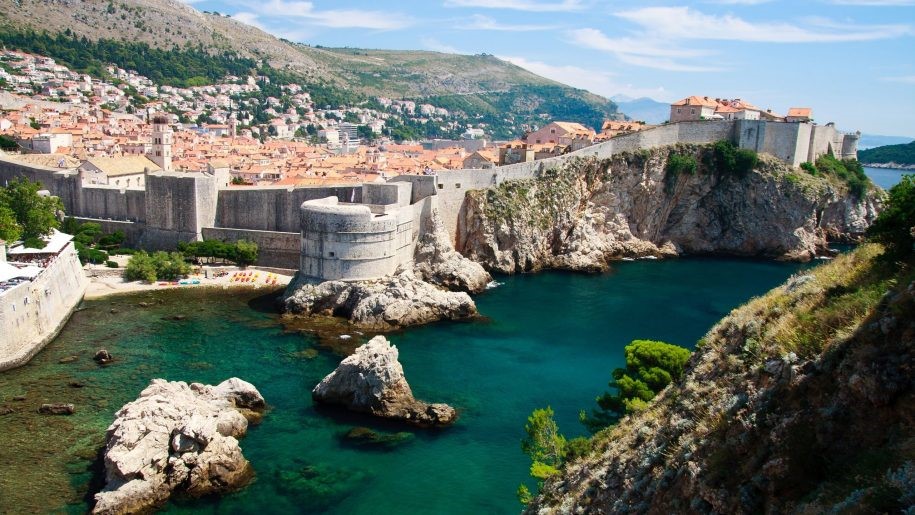
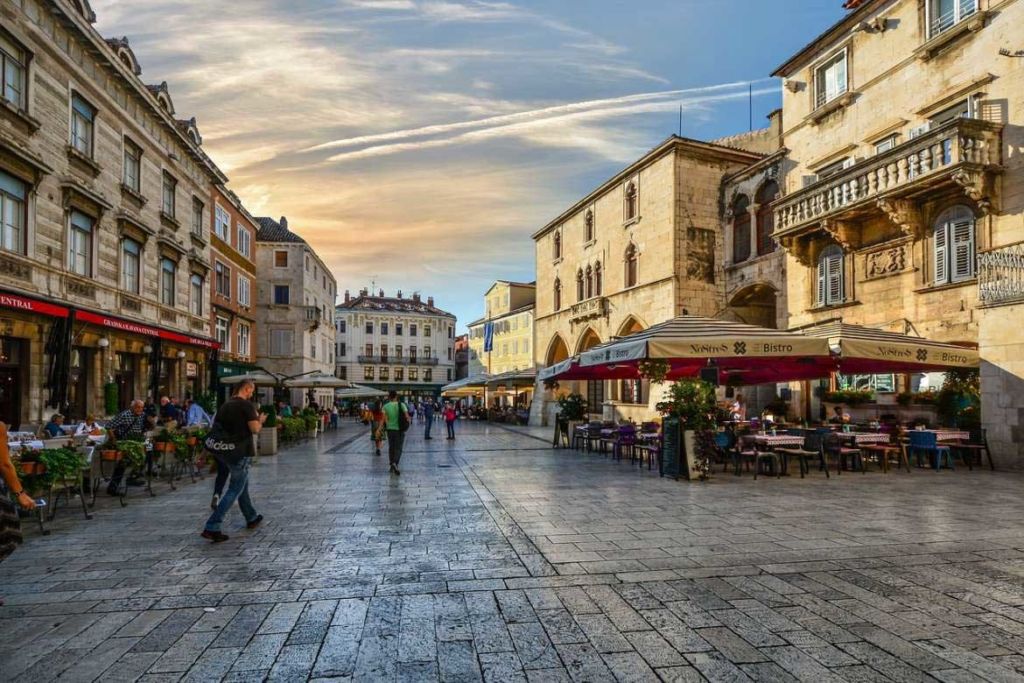


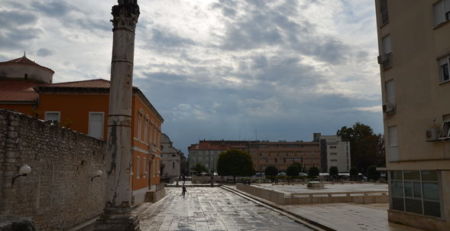


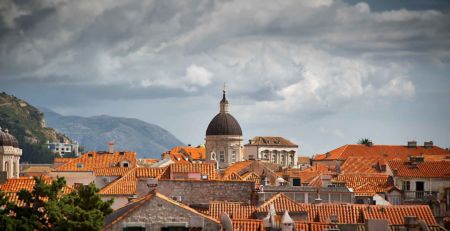
Comments (2)
I have a photograph of a possible grave/commemorative stone erected near Devil’s Lake in Montenegro. Parts of it have been redacted. A niece ran it through Google translate picture but the results are patchy. I would l9ve to know what it says and why it was erected there and why it has been partially redacted. Would you or someone you know be able to help. I can email the picture if you could.
Thanks
Hi. Let me quickly check if someone I know can help on this and DM you. Thanks